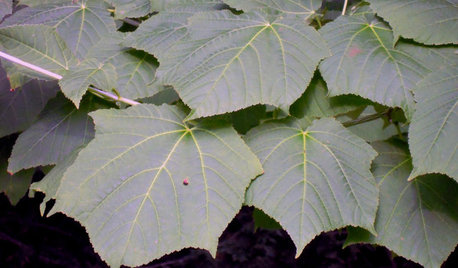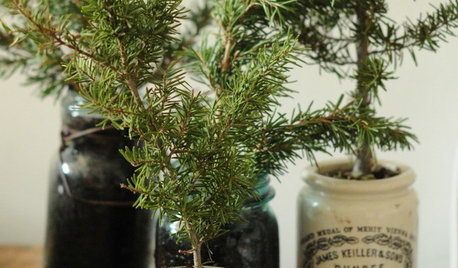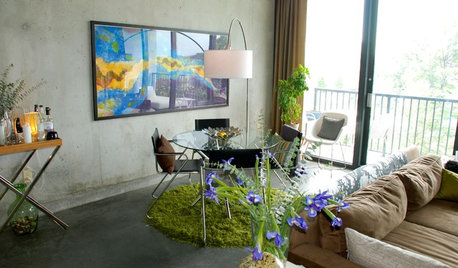I need a small tree
jstn254
10 years ago
Related Stories

GARDENING GUIDES5 Amazing Small Maple Trees
There's more to maples than syrup. Expand your maple milieu with any of these 5 small and unusual trees
Full Story
FARM YOUR YARDIf You Have Room for Only One Fruit Tree ...
Juice up a small garden with one of these easier-care or worth-the-effort fruit trees for a mild climate
Full Story
GARDENING GUIDESGreat Design Tree: Australian Tea Tree
A living sculpture with an unmistakable appearance, this coastal native creates an intriguing landscape scene
Full Story
GARDENING GUIDESTree Care: Common Tree Diseases and What to Do About Them
Learn to recognize trees that may be affected by diseases or pests so you can quickly take action
Full Story
GARDENING GUIDES5 Best-Behaved Trees to Grace a Patio
Big enough for shade but small enough for easy care, these amiable trees mind their manners in a modest outdoor space
Full Story
GARDENING GUIDESHow to Keep Your Trees Healthy
Ensure your trees’ vigor for years to come with these tips for protecting roots, watering effectively and more
Full Story
LANDSCAPE DESIGNPretty Trees for Patios, Paths and Other Tight Spots
Choose trees for their size, shape and rate of growth — or shape them to fit your space. Here's how to get started
Full Story
CHRISTMAS TREESLast-Minute Christmas: Mini Tree in a Pot
Create a temporary tree with cuttings or buy a small live tree to love for years
Full Story
LANDSCAPE DESIGNSmall Garden? You Can Still Do Bamboo
Forget luck. Having bamboo that thrives on a wee plot just takes planning, picking the right variety, and keeping runners in check
Full Story









Embothrium
Wayne Reibold
Related Professionals
Bridgetown Landscape Architects & Landscape Designers · Aurora Landscape Contractors · Wilmington Landscape Contractors · Berwyn Landscape Contractors · Chelmsford Landscape Contractors · El Sobrante Landscape Contractors · Fair Oaks Landscape Contractors · Fort Mill Landscape Contractors · Lantana Landscape Contractors · Pahrump Landscape Contractors · Paramount Landscape Contractors · Tustin Landscape Contractors · East Peoria Fence Contractors · Galveston Fence Contractors · Glenpool Fence Contractorsjstn254Original Author
gardengal48 (PNW Z8/9)
OregonGrape
George Three LLC
Embothrium
George Three LLC
Embothrium
George Three LLC
OregonGrape
Embothrium
OregonGrape